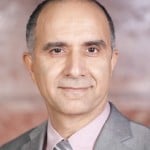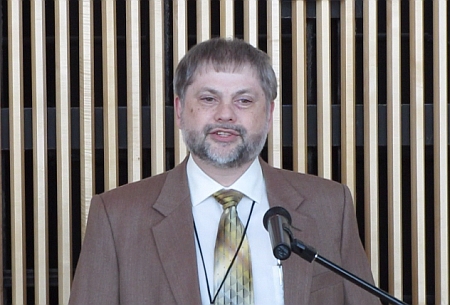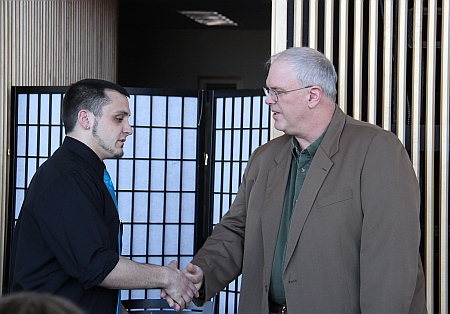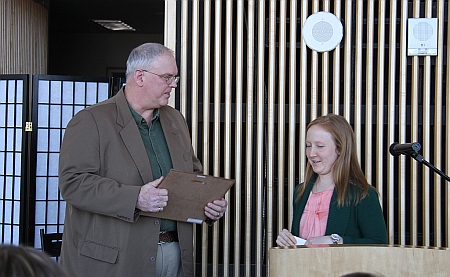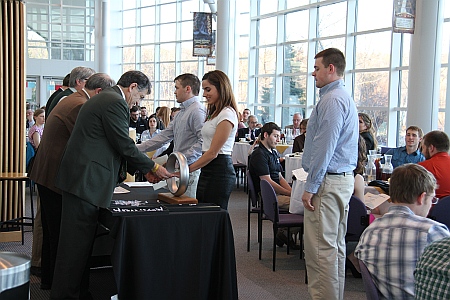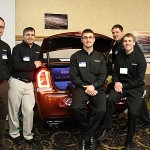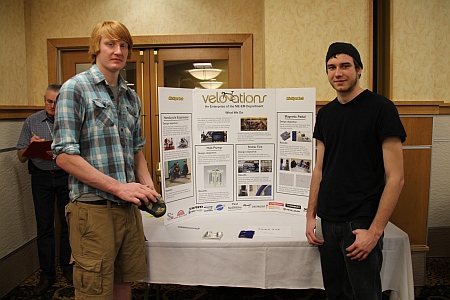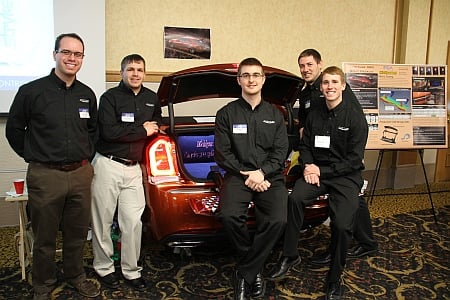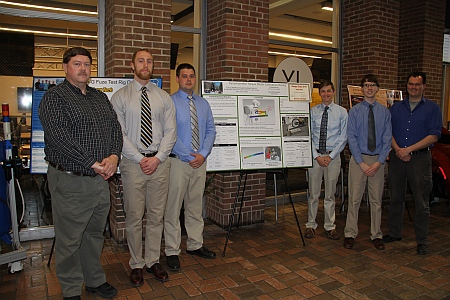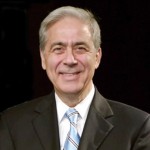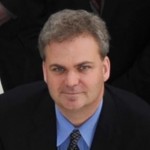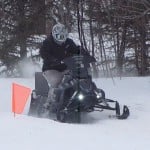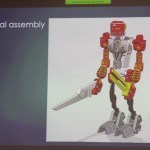 The Michigan Tech Mechanical Engineering version of the Partners for the Advancement of Collaborative Engineering Education PACE Engineering Design Competition was held on April 23, 2015.
The Michigan Tech Mechanical Engineering version of the Partners for the Advancement of Collaborative Engineering Education PACE Engineering Design Competition was held on April 23, 2015.
Photo Gallery is on 2015 ME-EM PACE Contest at Flickr
Project Description: The design project is mainly involving CAD modeling of a real world example but designed by the students specially for the competition. The students apply the skill they learned on Modeling, Assemblies, and drafting. Some of them may include analysis and animations. The students are required to select a project on their own and it should be original. They as a team will create the parts and assemblies and present at the competition. CAD modeling/assembly with analysis, of any equipment used in the project.
Judges for April 2015 PACE were KVC Rao, Michigan Tech ME-EM; John Baker, Siemens; Radheshyam Tewari, Michigan Tech ME-EM; Christopher Morgan, General Motors; Laura McCausland, General Motors; Andrew Rohr, General Motors; Chris Eaton, General Motors.
Judging Criteria
Form — Design Concept, Creativity, Perceived Value, Safety
Fit — Physical Model (realism, aesthetics, detail, supporting design)
Function — Design Parameters and Performance (math models, simulations, spreadsheets, etc.)
Presentation — Effective, Professional, Credible
Teamwork and Collaboration

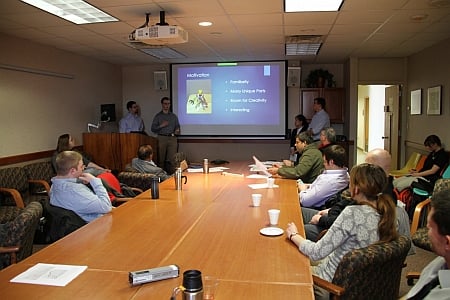
See all the rest of the photos at Photo Gallery is on 2015 ME-EM PACE Contest at Flickr
